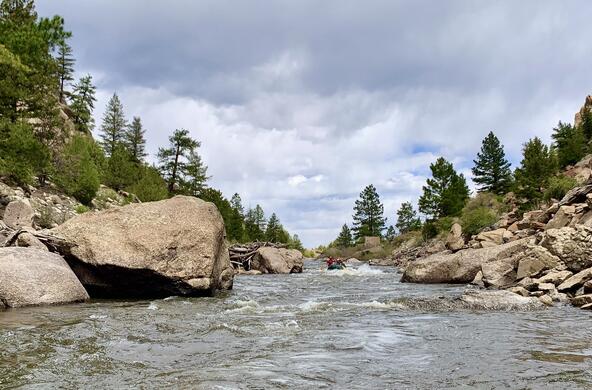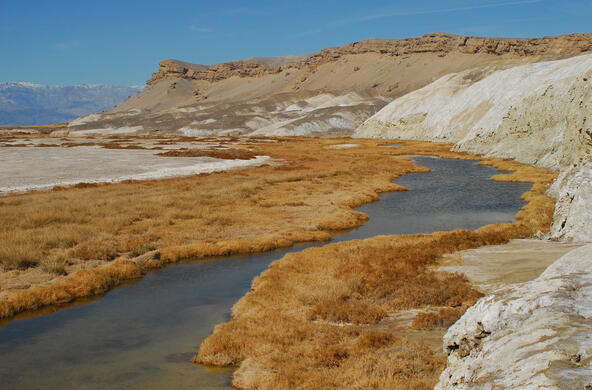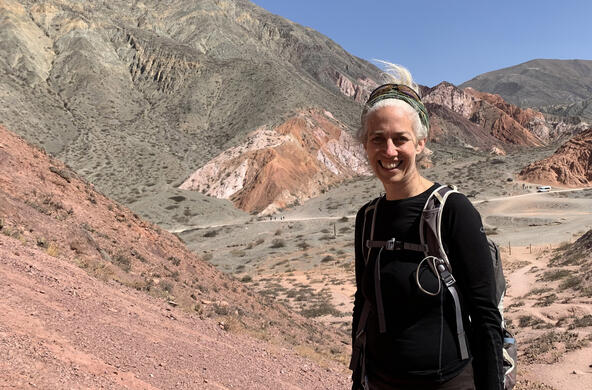What was once Bolivia's second-largest lake is now almost entirely gone, turned into a barren expanse of salty earth that's littered with dead fish and abandoned boats.
Just a couple years ago, the waters of Lake Poopó took up nearly 400 square miles, twice the area of Lake Tahoe (and larger than all five boroughs of New York City combined). But now, only a tiny sliver remains.
Why has this lake all but disappeared?
The size of the lake has varied dramatically over the past century (official records weren't kept before then), but this is the worst shape it has been in, Lisa Borre, a senior researcher with the Cary Institute for Ecosystem Studies in New York, told National Geographic. Borre said the lake has shrunk due to warmer temperatures, less precipitation caused by El Nino, a lack of proper water management by the government and too much water being removed from the river that feeds it.
The lake is filled by the Desaguadero River, flowing from Lake Titicaca, which is in good shape. But the Desaguadero is increasingly diverted for agriculture and mining activities, and the Bolivian government is not letting enough water flow out of Titicaca, whose outlets are artificially managed, Borre says.
Borre says she thinks that the lake can rebound when rains inevitably return, but Dirk Hoffman, a German glaciologist, thinks otherwise. "This is a picture of the future of climate change," he told the Associated Press, saying that the more frequent droughts seen with climate change will make these kinds of disappearances more and more common.







